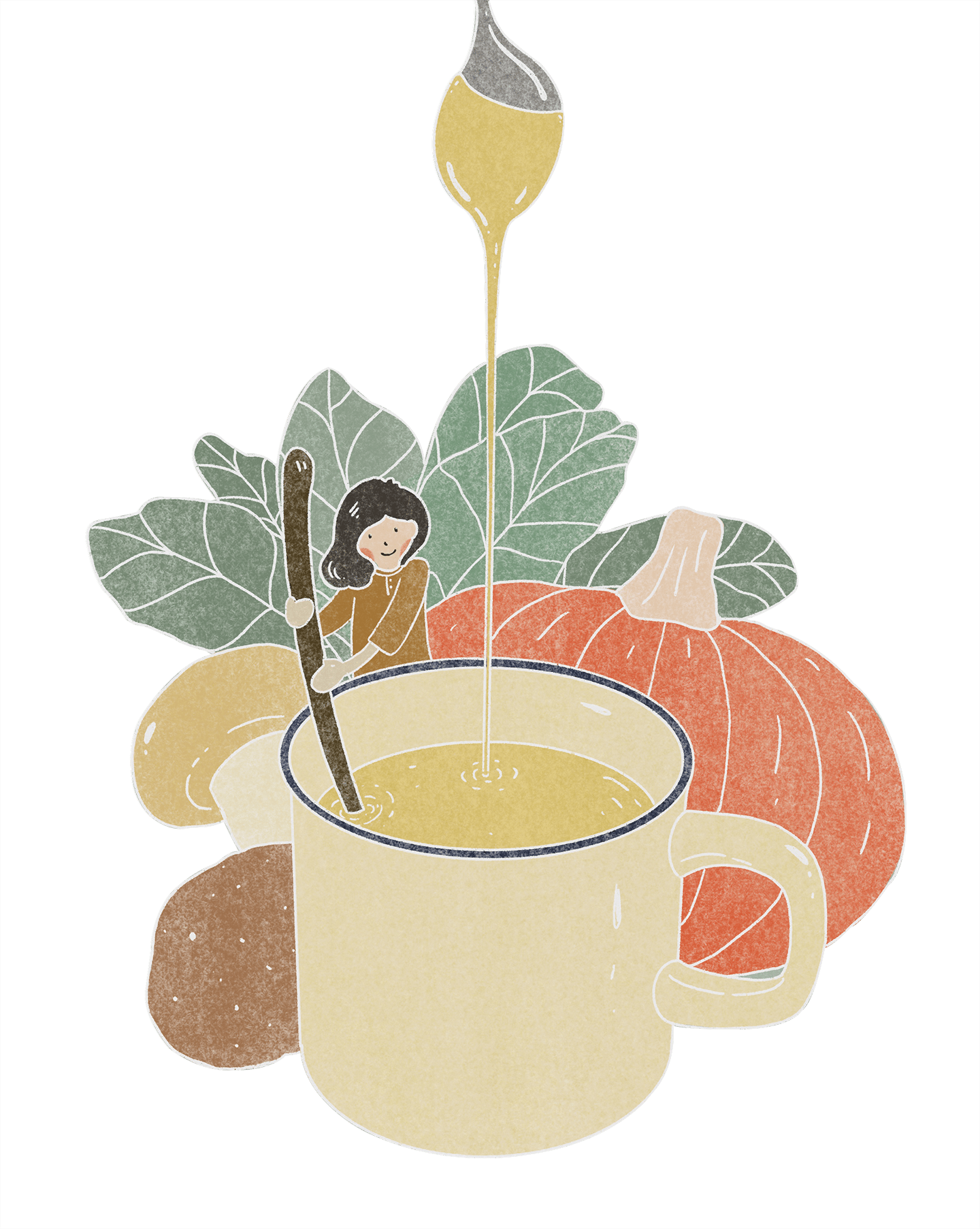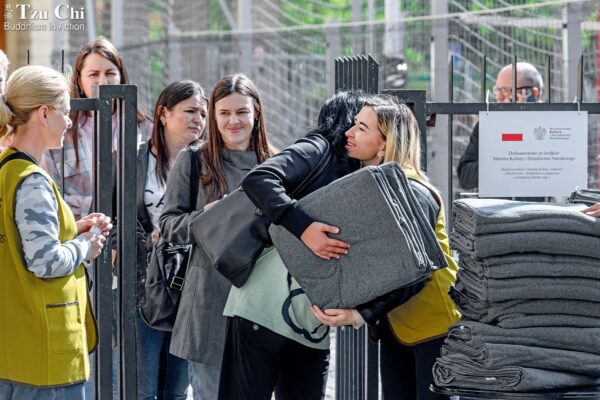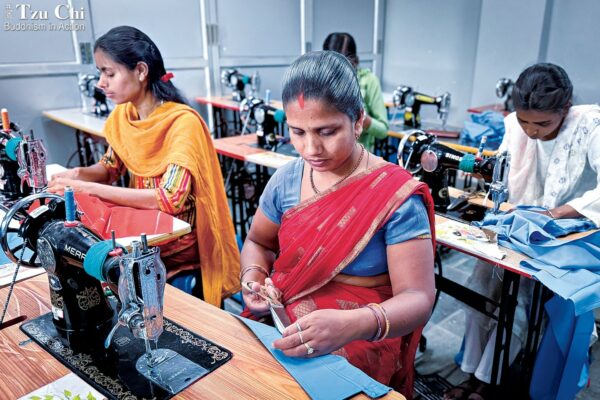By Ng Hooi Lin
Translated by Tang Yau-yang
Graphic by Lin Jia-sheng
After a fall, an elderly person may be unable to take care of themselves, experience depression, and suffer a loss of appetite. A dietician in Singapore explains what nutrients such patients need the most and how she, with the help of others, helped her mother get back on her feet after a fall.
My mother fell in March 2022, in our family home in Ipoh, Malaysia. The doctor diagnosed fractures in her leg, for which she underwent surgery. Elderly people who suffer a fall are often less able to care for themselves afterwards, a situation that my uncle faced many years ago. With no alternatives, he moved into a nursing home, where he lived until his last breath.
After being notified of Mom’s fall, I tried to settle my mind the best I could. Then I itemized the tasks required to return to Malaysia to care for and support her. The moment I walked through the door to our family home, I was struck by the number of health supplements covering the dining table. Deliberately trying to appear nonchalant, I smiled at Mom and said, ”All these bottles and whatnot [gifts from well-wishers] on the table shows how very popular you are, Mom.”
Many elderly people that have fallen are temporarily knocked down and depressed, and invariably fall into the trap of thinking, “I haven’t done anything wrong. Why did heaven pick me for this suffering?” There’s no denying that being unwell is trying. Thankfully, our family, relatives, and friends took turns cheering Mom on. Their sincere outpouring of care accompanied us one step after another through that difficult time. Their love went a long way toward leading us out of darkness and into the light.

Right food, healthy eating
Nutrition is one of the important factors that determine the speed at which surgical wounds and bone fractures heal. Besides the need for large amounts of calories and proteins, two nutrients in particular are essential: calcium and vitamin D. They are both key to strong bones.
The main sources of calcium for vegetarians are dairy products like milk and cheese, high-calcium soybean milk, high-calcium vegetable milk, soybean products, and dark-green vegetables low in oxalic acid, such as broccoli, bok choy, and Chinese broccoli. If during this critical period a patient cannot take in sufficient calcium from their food, they may wish to consult a dietitian to determine whether calcium tablets should be taken.
Vitamin D allows the calcium in the bloodstream to be absorbed into bones. Exposure to sunlight enables the body to make the necessary vitamin D, so spending time in the sun is the most direct approach to get this vitamin. Vegetarians can also get vitamin D from fortified grains and vegetable milk, sun-dried mushrooms, or nutritional supplements.
During recuperation, the patient also needs to obtain ample vitamin C from fresh vegetables and fruit in order to help the body make collagen. Collagen, an essential protein component of healthy bones, can help the bones heal. Furthermore, papayas, citrus fruits, and tomatoes are rich in vitamins, which support the immune system and can help fall victims fight infections.

Whetting her appetite
Like many post-op patients, Mom didn’t have much of an appetite at first. Even her favorite food could not survive but a few chews before she would spit it all out, saying, “I just don’t feel like eating.”
At times like this, many older patients ask their caretakers to cook rice porridge for them, not realizing that rice and water alone will not meet their nutritional needs, especially as they may be recovering from surgery. Instead, for my mother, I cooked mushrooms, and steamed pumpkins, leafy greens, or potatoes until they were soft. Then I mixed them in a blender before adding milk powder specifically formulated for the nutritional needs of older adults. I gave Mom this smoothie the first evening I got home, and was surprised that she drank up the whole cup in just a few minutes. She even asked me, “If I get hungry later, is there any of this left?”
During the first few days after surgery, Mom couldn’t finish a whole meal. Small but more frequent meals was one of the good strategies to cope with this. Knowing this, I had made two extra helpings of the smoothie, so when Mom got hungry, I could simply heat it up and serve it up to her.
For snacks, if it was avocados or bananas that I prepared, I would use a spoon to scoop out thin slices of the fruits and feed them to Mom as I would a baby who had just started eating solid food. As I fed her one spoonful after another, a strange thought occurred to me: I felt that at the moment I was more like a mother instead of a daughter—a mother who could shoulder so much because of love.
Mom’s recuperation was not short, and I couldn’t have accompanied her through her journey alone. My family members, relatives, and I took turns day and night to care for Mom, giving each other chances for a breather. Additionally, we added a physical therapist to the ranks of Mom’s caretakers.
With wholesome, adequate food and physical therapy in her regimen, Mom started to stand up and take slow walks in just two months. This made all of our efforts worthwhile.



